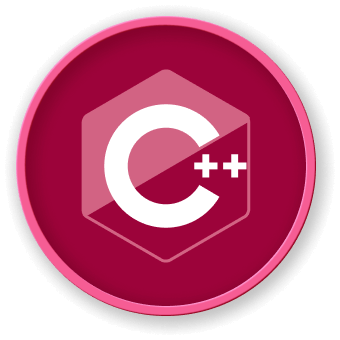Introduction
This comprehensive tutorial explores the intricacies of managing variable length arrays in C++, providing developers with essential techniques for dynamic memory allocation and efficient array manipulation. By understanding the fundamental principles and practical implementation strategies, programmers can create more flexible and memory-efficient code solutions.




